Networking & History of the Internet
 Diksha Jadhav
Diksha Jadhav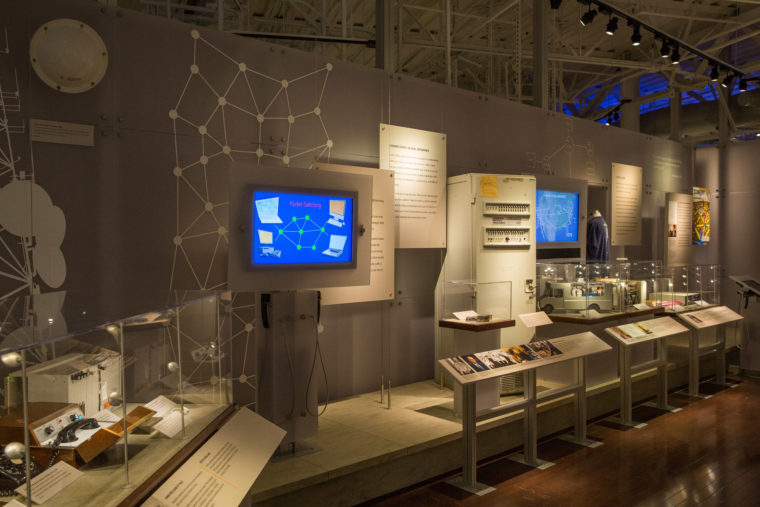
Networking in General is a vast topic in the IT sector, and to completely understand this networking concept let us take start small and first learn about how we are connected and how it all started
In this Blog let us Dive Deep into networking concepts and the history of the internet, and understand how stuff works.
Introduction
In the 1940s, early computers were not yet connected to each other in a network. Instead, they typically communicated with each other using manual methods, such as the exchange of punched cards or paper tape.

The NPL network and the ARPANET in the United States were the first two computer networks that implemented packet switching and the NPL network was the first to use high-speed links.
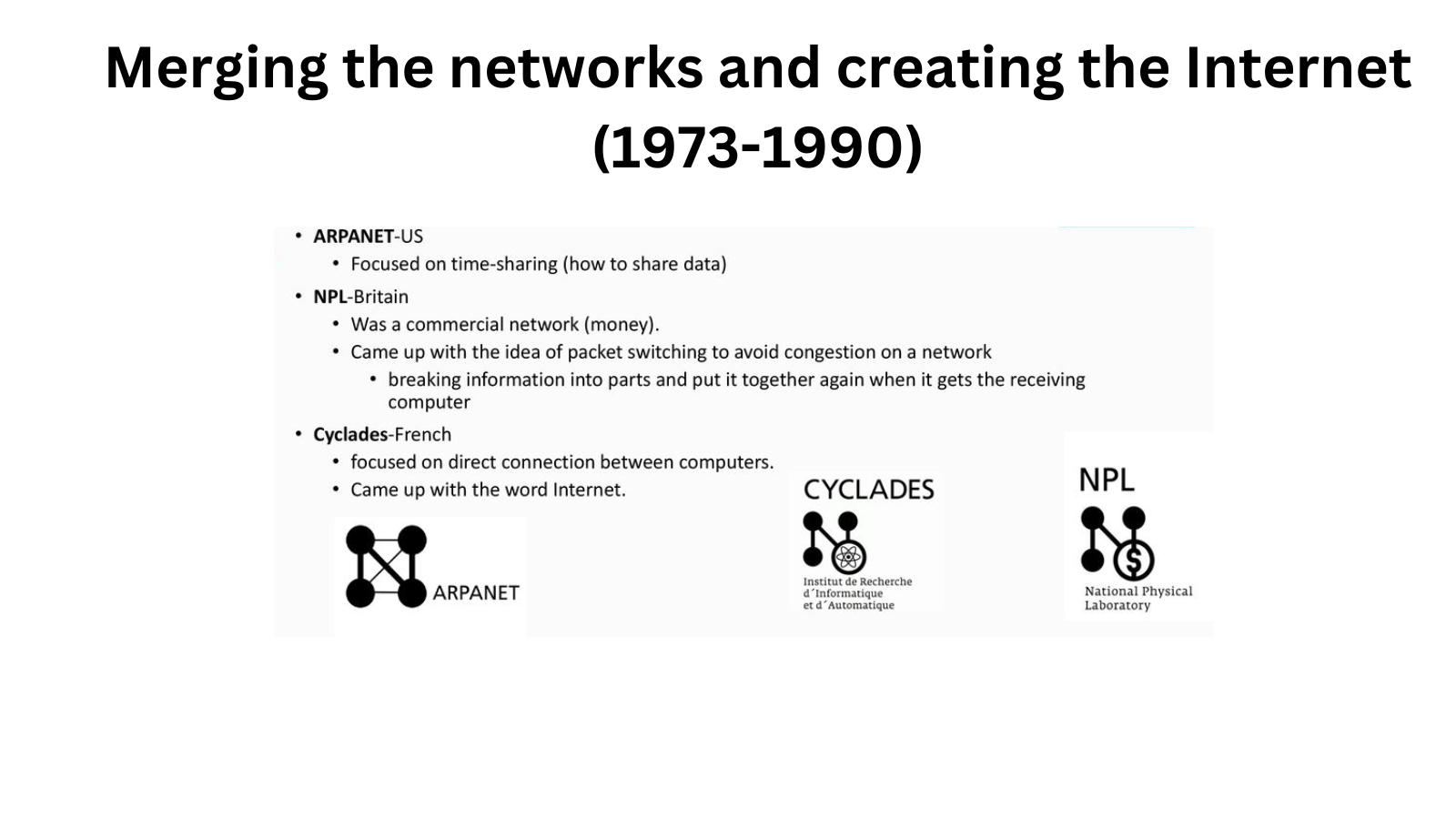
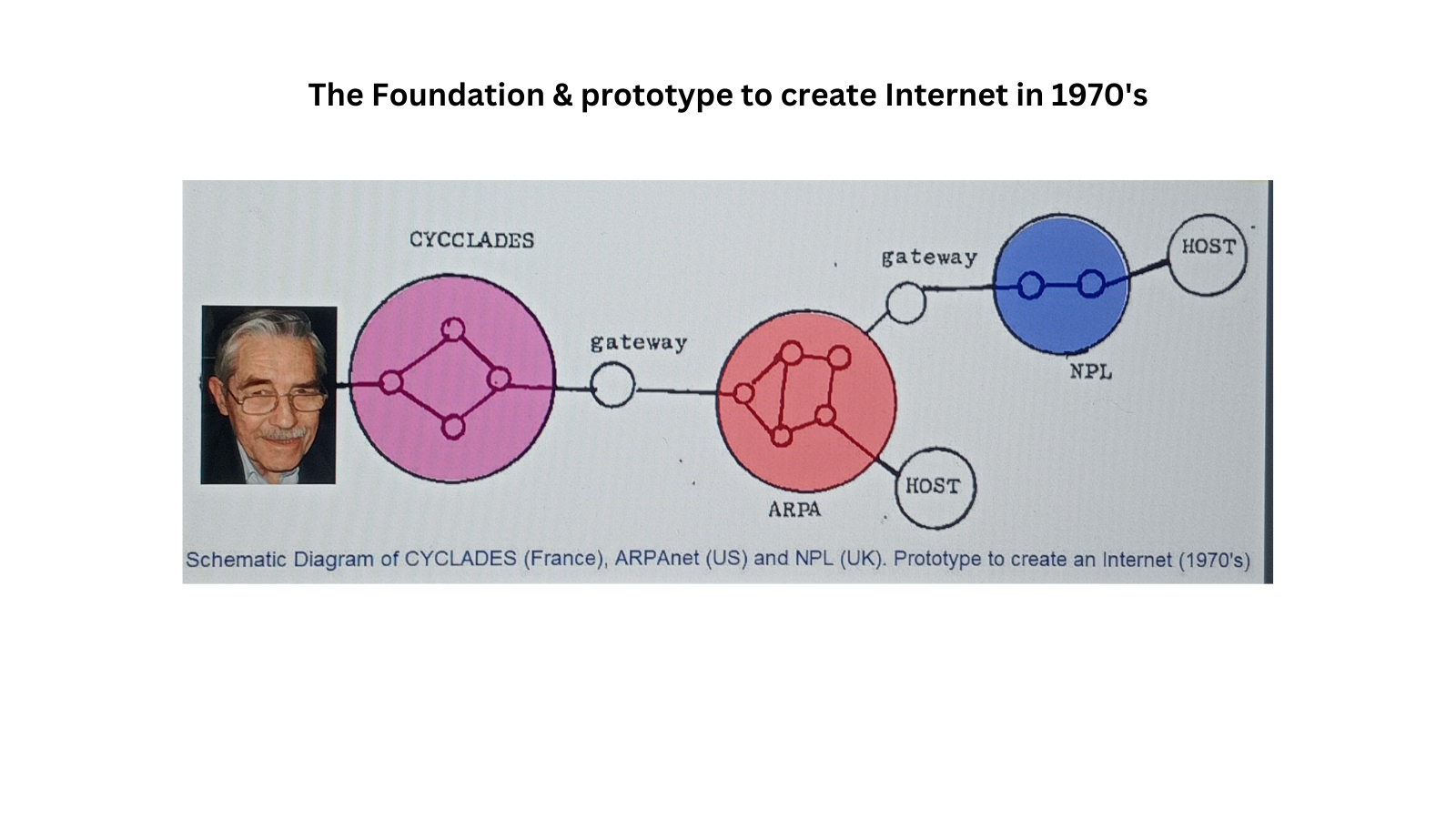
NPL
The National Physical Laboratory (NPL) Network was an early computer network developed in the United Kingdom in the late 1960s. It was one of several networks that contributed to the development of the internet, along with the ARPANET in the United States and the Cyclades network in France.
The NPL Network was designed to connect multiple computer systems and allow them to share data and resources. It was based on a packet-switching protocol similar to the one used by ARPANET, and it used specialized routers called Interface Message Processors (IMPs) to route data between different computers on the network. & its use of virtual circuits, which allowed for more efficient data transmission by creating a dedicated path for each communication session between two computers. The NPL Network also played a role in the development of early email systems, with the first message being sent between two computers on the network in 1971.
The NPL Network was eventually replaced by the JANET network, which became the backbone of the UK's academic and research network. However, its legacy lives on in the form of its contributions to the development of packet-switching technology, which is now a fundamental part of the internet's infrastructure.
ARPANET
ARPANET (Advanced Research Projects Agency Network) was the first operational packet-switched network, and the precursor to the modern internet. It was created in the late 1960s by the United States Department of Defense's Advanced Research Projects Agency (ARPA) to connect government and academic researchers across the country.
ARPANET was designed to be a decentralized, fault-tolerant network that could withstand a nuclear attack. The network consisted of high-speed communication links called "IMP"s (Interface Message Processors) that connected different research institutions and military bases. These IMPs would later be called "routers" and would form the basis of the modern internet.
One of the key innovations of ARPANET was packet switching, which allowed data to be broken up into small packets and sent across the network in a more efficient and resilient manner. This allowed the network to continue functioning even if some of the links or nodes were damaged.
ARPANET was also the birthplace of many of the protocols and technologies that are still used on the internet today, including TCP/IP (Transmission Control Protocol/Internet Protocol), email, FTP (File Transfer Protocol), and Telnet.
ARPANET was officially shut down in 1990, but its legacy lives on in the internet that we use today.
Internet & WWW
In the 1980s, the internet began to expand beyond its original defense and academic roots, as more universities and research institutions connected to the network. The development of the World Wide Web in the early 1990s provided a user-friendly interface for accessing information on the internet, and helped to popularize the use of the internet for everyday purposes like email, web browsing, and online commerce.
now when people were connected with these various protocols like TCP/IP there was a major problem that they did not know how to access hyperlinks on the webpages so the concept of WWW or world wide web came in the picture. here a user's web browser sends requests for web pages to a web server, which responds by sending the requested web page back to the browser. Web pages are typically written in HTML (Hypertext Markup Language), which allows for the creation of hyperlinks that connect different web pages together.
When a user clicks on a hyperlink, their web browser sends a request to the web server for the linked page, which is then displayed in the browser.
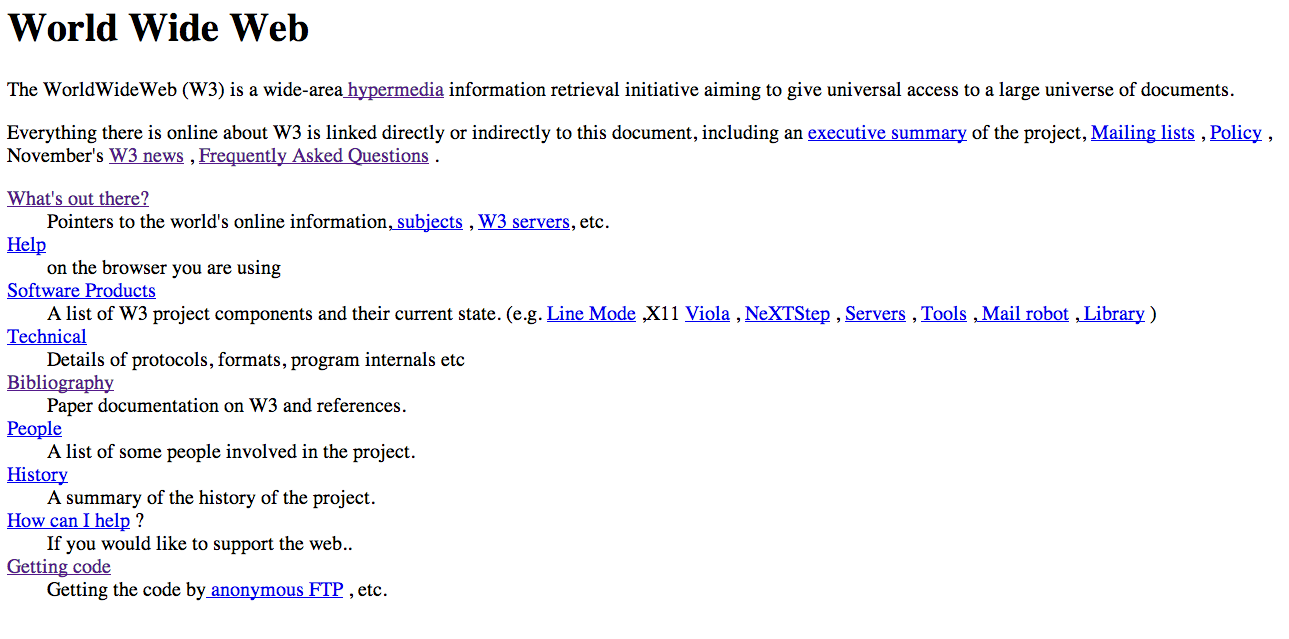
How are we connected?
Well, when I was in FY of my Diploma in CS, I used to think that we are connected with satellites over the cloud, but studying networking made me realize that no there are literally wires running across the world, underground wires connecting us through the mighty oceans and rocky land.
All the countries are connected by the internet. you may think that internet works by satellite network but it does not. The Internet actually works with an Optical fiber cable. Our Mobile phone don’t have cables then it takes the signal from the tower and that tower is connected to optical fiber cable, and we have a whole mess of wires connecting us to the other countries.


you can check out these connections on their official website
Click Here to visit.
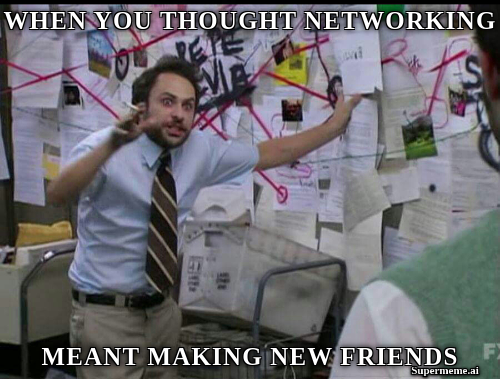
Well at first even I thought that but,
Networking is the practice of connecting multiple devices together to share information and resources. This can be done through various technologies such as cables, wireless connections, and satellites. The history of networking dates back to the 1960s, when the US Department of Defense created the ARPANET, a network that connected various research institutions together. This network laid the foundation for what would eventually become the internet.
In the 1980s, the internet began to grow rapidly, and the first domain name system (DNS) was created to make it easier to access websites. In the 1990s, the World Wide Web was developed, which allowed for the easy sharing of information and multimedia content. The first web browser, Mosaic, was released in 1993, which led to a massive increase in internet usage.
Conclusion
In conclusion, the history of the internet and networking is a fascinating story of technological innovation and human ingenuity. From its humble beginnings as a communication system for researchers to its current status as an essential part of daily life, the internet has transformed the way we communicate, work, learn, and play. Networking has played a crucial role in enabling the internet to function, facilitating the transmission of data, and enabling real-time communication between devices. As technology continues to evolve, the future of the internet and networking promises to be even more exciting and transformative.
Subscribe to my newsletter
Read articles from Diksha Jadhav directly inside your inbox. Subscribe to the newsletter, and don't miss out.
Written by

Diksha Jadhav
Diksha Jadhav
Just starting my journey in the tech world! As a beginner programmer, I'm eager to learn and grow in the field. I'm excited to connect with others in the tech community and see where this journey takes me.